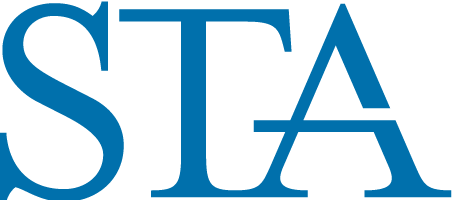testing this out testing this out testing this out testing this out testing this out testing this out testing this out testing this out testing this out testing this out testing this out testing this out testing this out testing this out testing this out testing this out testing this out testing this out testing this out testing this out testing this out testing this out testing this out testing this out testing this out testing this out
Regulatory Notice 21-35; Costs/benefits of “look-through” requirements in order handling reports
As a result of the 2018 amendments to Rule 606, Rule 606 comprises of reporting requirements that relate to order routing for held and not-held orders in equities and options. These requirements include the collection and processing of data from downstream broker-dealers and execution venues, aka “look-through requirements”. The industry continues to express its view to the Commission that look-through obscures relevant information that Rule 606 is intended to disclose at great and unreasonable costs. The industry is now concerned that similar look-through requirements will be applied to order routing disclosure reports of OTC equity securities.
Fractional Shares
It is our view that the demand by investors to trade in fractional shares will continue to grow exponentially. Companies that are to looking to launch offerings are encountering operational and reporting issues due to several reasons, including but not limited to: no outsourced execution providers; limitations to trade reporting and a lack of clarity in other operational areas such as; corporate actions, inventory account management and disclosures. We envision a leadership role for FINRA to play in gathering industry input with the goal towards providing constructive guidance that results in a scalable solution which serves and protects investors.
Cross Market Surveillance/Suspicious and Criminal Activity
CAT reporting has improved FINRA’s ability to cross-market and cross-broker surveil. Today, FINRA remains in the best position for identifying suspicious activity, akin to monitoring for criminal activity. In other areas outside the securities industry, law enforcement agencies engage in outreach programs and put out releases about what they are seeing to alert industries of what to monitor for. STA recently held calls with FINRA representatives on Account Takeovers in the options markets (Notices 21-18 and 20-32) and were encouraged by FINRA capabilities in recognizing this particular criminal activity and its actions in alerting the industry and providing preventative measures. We believe there may be other areas where FINRA could be providing greater details on new types of criminal behaviors and revised versions of known types, such as spoofing and layering.
Regulatory Duplication
It is our view that regulatory duplication is at historic highs and its upward trend remains unabetted. Overlapping exams which require member firms to produce procedures and controls on similar rules are placing a costly and undue burden on broker – dealers. For example, broker-dealers are examined for SEC Rule 15c3-5 (market access) controls. Any exam by an SRO, regardless of the time-frame in question or component of 15c3-5 being examined, requires the member firm to produce and discuss all of its 15c3-5 procedures and controls. We question the need for any broker dealer to produce the same information for exams on the similar rules.
We question the efficacy of 17d-2 Plan; RSA and ISG arrangements. Staff Paper here
Can you provide any information on the Cross Market Regulation Working Group of the Intermarket Surveillance Group FINRA Notice Here An email address is provided. Is their name at FINRA I could speak with? I’d like to understand how many duplicative notices FINRA’s receives; what is the policy for responded and closing out inquiries and does FINRA keep any statistics.
SEC Proposed Rule 10c-1 – Securities Lending Loans
Breakout of the Costs for Reporting Initial Transactions and Modifications to Loan Agreements
In STA’s meeting with the SEC Trading and Markets, we discussed that under the Proposal, initial transactions and modifications to outstanding loan agreements must be reported within 15 minutes to the RNSA. The Proposal provides estimates for the initial costs to build and maintain the RNSA facility, however it does not provide a breakout of the costs associated with these two separate and distinct types of reporting requirements. We believe the industry needs to understand these costs in order to generally assess a cost benefit analysis. In particular, what are the cost and benefit differences in reporting modification information at the end of the day versus within 15 minutes.
FINRA’s Maintaining Qualifications Program (MQP) – March 15, 2022 Deadline
STA has begun a campaign alerting its members and the broader industry of the March 15, 2022 deadline for effective individuals to enroll in FINRA’s MQP. STA greatly appreciates FINRA’s efforts in reforming it licensing.
See the PDF version here.
